This is what the world map could look like in the future
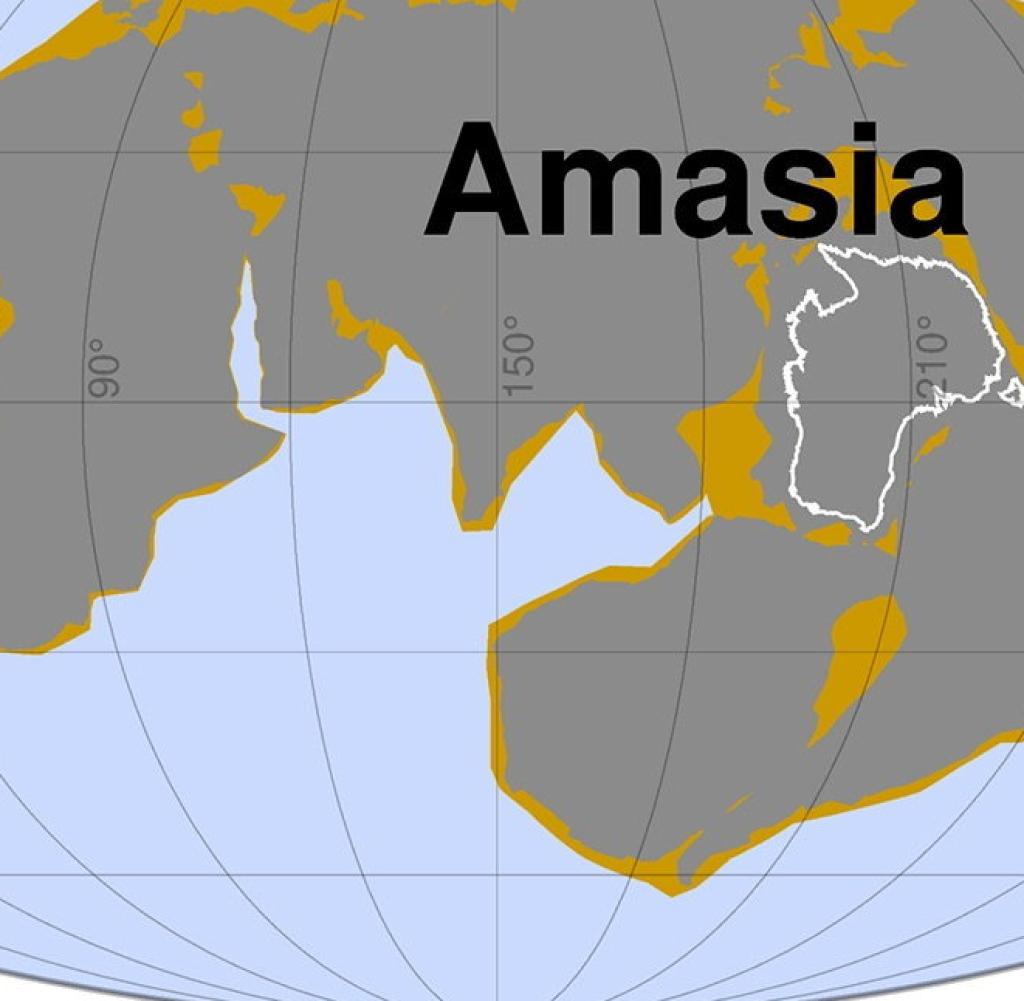

This is what the giant continent of Amasya could look like
Source: Curtin University
There have been giant continents throughout Earth’s history. The researchers have now been able to design the following model. According to this, the Pacific Ocean and Australia could disappear during their formation. We’ll show you what our world would look like next.
DrThe Earth was formed about 4.6 billion years ago – and since then its appearance has changed many times. Huge continents formed, seas formed, and they again disappeared or changed their range. Once a large part of the land masses on our home planet unite through tectonic shifts and form a new shape, geologists and paleontologists talk about the giant subcontinent.
There have always been new continents in billions of years of Earth’s history, which differed greatly in shape and area – and there will be such giant continents again in the future. After all, the Earth is not statically fixed, but changes. Australian researchers Curtin University In Perth they have now been able to draw a model of how the next continental giant, Amasia, will appear.
The geologists published their findings in the journal “National Science ReviewBut before we tell you more about the world of “tomorrow” – which we probably won’t all live to see anymore – you can test your knowledge of supercontinents in our little quiz:
Amasya: connects North America and Asia between Siberia and Alaska
This arises from the calculations of geologists. With the help of various pre-computed data and models, the research team led by study leader Dr. Chuan Huang that over billions of years, regardless of the current climate change, the Earth’s interior has tended to cool.
As a result, the thickness and strength of the tectonic plates under the oceans decreases over time. As a result, it is likely that it will become difficult for the continents presently to cross oceans such as the Atlantic or the Indian Ocean, which are still very recent in relation to the history of the Earth. Instead, the Pacific Ocean is likely to fall victim to a new supercontinent.
According to the researchers’ model, the Pacific Ocean will disappear in 200 to 300 million years
Source: Getty Images / Carmen Martinez Torron
“Over the past 2 billion years, every 600 million years, Earth’s continents have collided in a supercontinent known as the supercontinent cycle. This means that today’s continents will meet again within a few hundred million years,” explains lead author Dr. Chuan Huang in one press release his university.
According to the model, North America will first collide with Asia, where Siberia and Alaska are approximately today. But another continent could join, too: “We assume that Australia will play a role in this important terrestrial event by first colliding with Asia and then connecting America and Asia once the Pacific is closed,” says Dr. Chuang
Super Continent: Formation of Amasya will take a few million years
“By using a supercomputer to simulate how Earth’s plate tectonics evolved, we were able to show that the Pacific Ocean is likely to close in less than 300 million years,” says the study leader. In terms of geological history, the Pacific Ocean is the oldest ocean in the world. It is currently shrinking by a few centimeters a year.
Australia could also join Amasya
Source: Getty Images / Matthias Kulka
Hence the merger of the North American continent with Asia would mean that all of Europe, Asia and America would be connected by land. Since Australian scientists assume in their model that Australia, and in the long run, Africa will also join Amasya, there will be only two continents in the world: Amasya and Antarctica.
Earth’s future: the new supercontinent will have dramatic effects
The researchers wrote in their study that if a single continental mass dominated the entire world, the Earth’s ecosystem and environment would change dramatically. In all likelihood, sea level will be lower. The interior of Amasya will be very dry and subject to high daily temperature fluctuations.
Drought can dominate the climate in Amecia
Source: Getty Images / James O’Neil
The world does not look friendly to life in 200 to 300 million years. But we probably won’t notice that anymore. By then, alternative habitats may have settled on Mars. If Elon Musk’s plans work the way he imagines it.
So we’re still far from one of the world’s oceans disappearing along with the Pacific – but the Earth is currently spinning faster than ever:

“Total coffee aficionado. Travel buff. Music ninja. Bacon nerd. Beeraholic.”







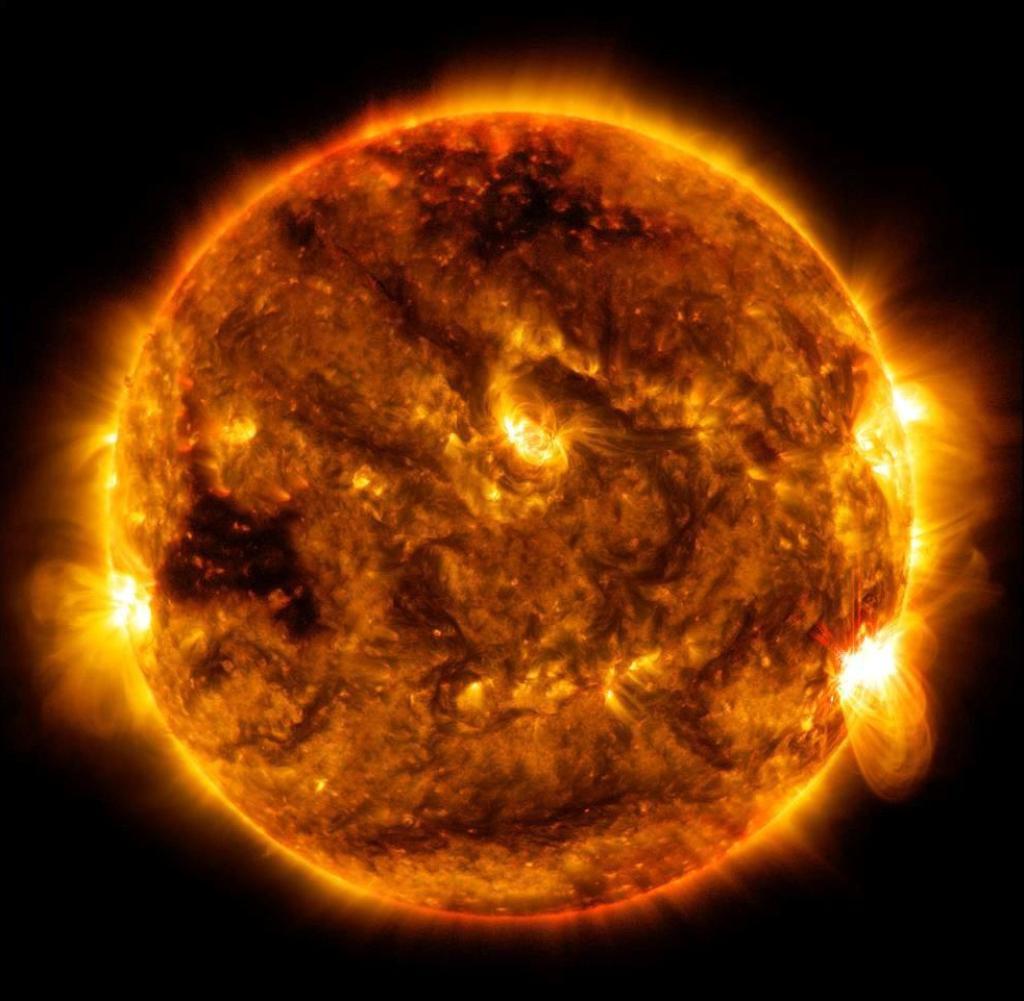

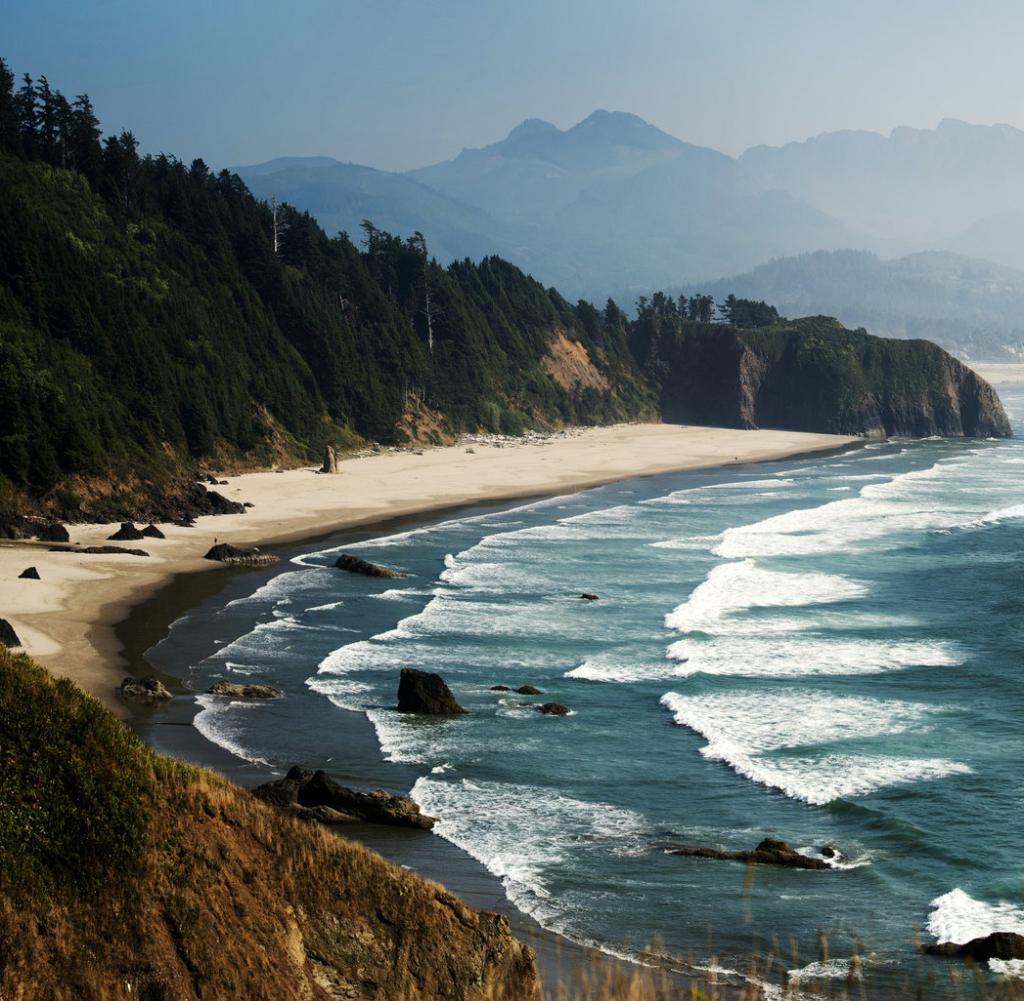
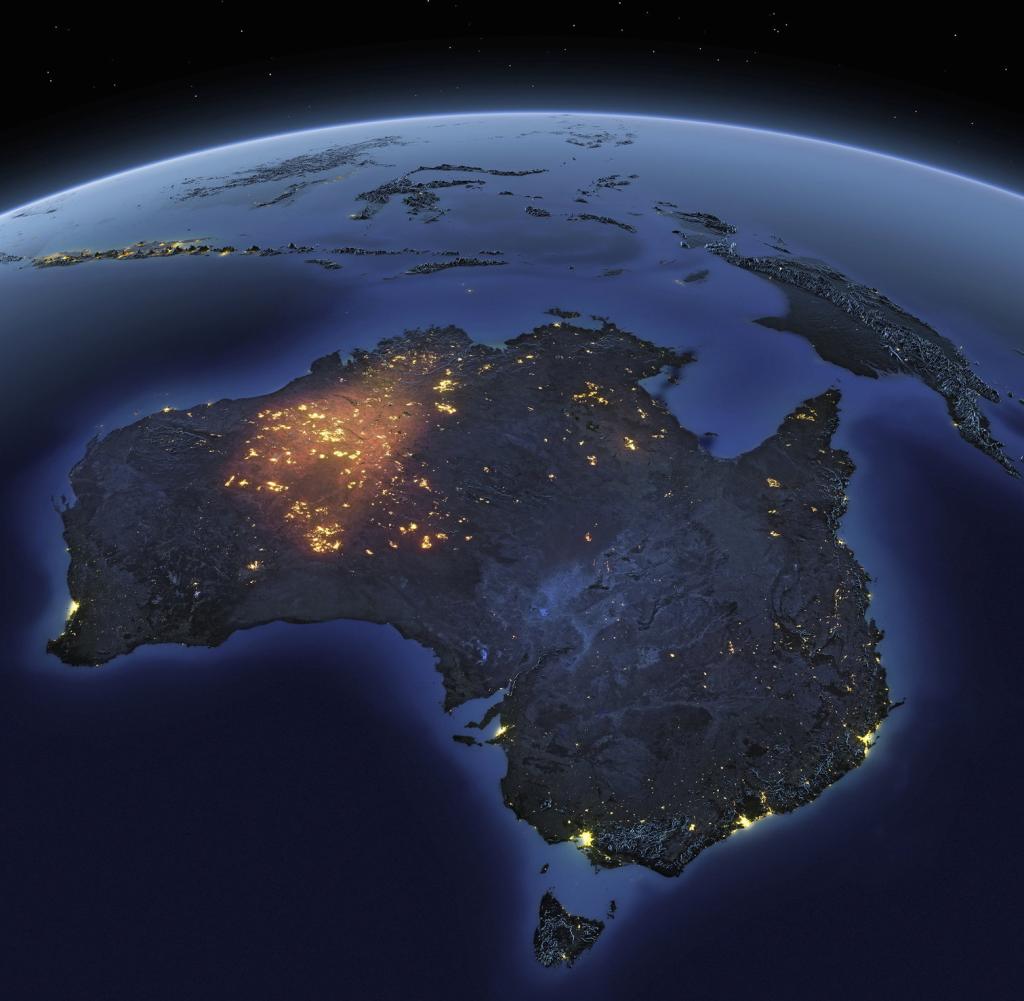
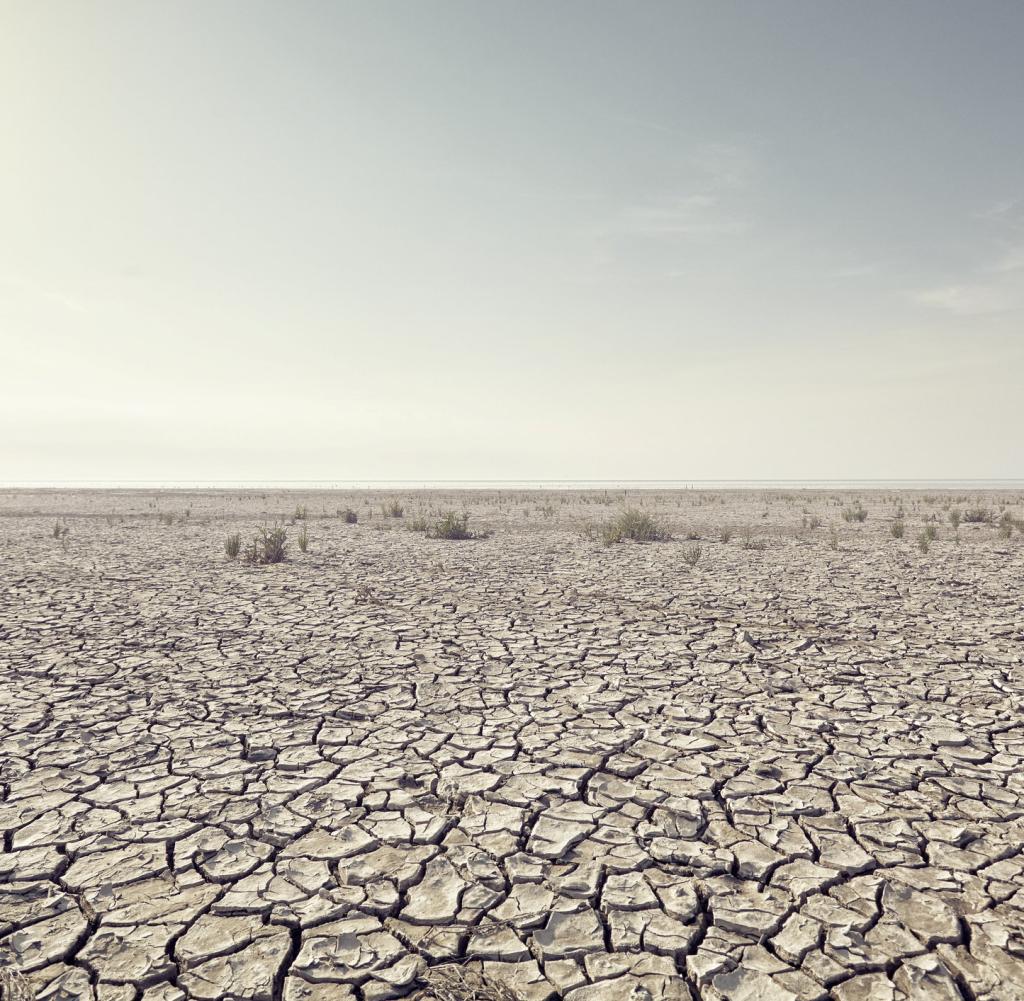


More Stories
Coral Seeding: Artificial Insemination Makes Coral More Heat Tolerant
Fear, Anger, and Denial: How People Respond to Climate Change – Research
LKH Graz: Using radiation to combat heart arrhythmias